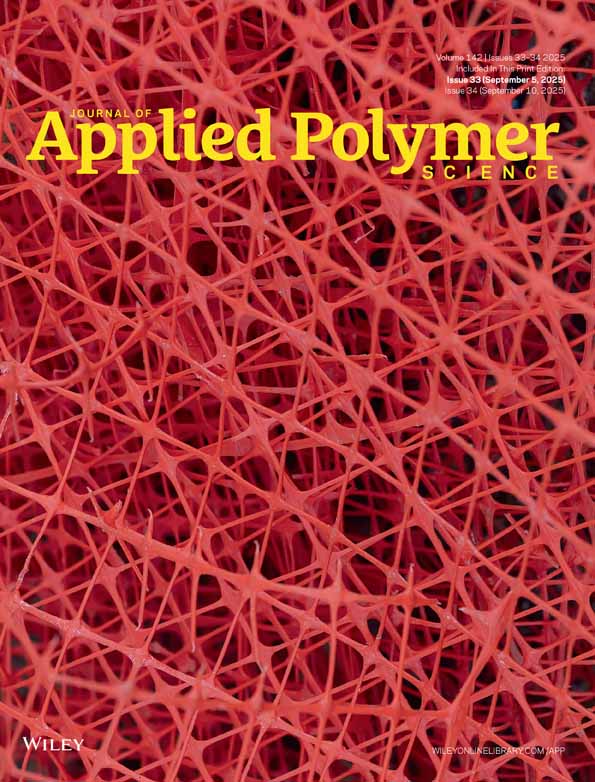Highly water-selective mixed matrix membranes from natural rubber-blend-poly(acrylic acid) (NR-blend-PAA) incorporated with zeolite 4A for the dehydration of water–ethanol mixtures through pervaporation
Abstract
The mixed matrix membranes (MMMs) were developed from a composite of hydrophobic-hydrophilic NR-blend-PAA with zeolite 4A. A separation performance of the MMMs was investigated by performing the pervaporation dehydration of water–ethanol mixtures. The results showed a dramatically greater flux of water than the ethanol flux indicating that the developed membranes were highly water-selective. Upon incorporating of zeolite 4A, the flux and separation factor were significantly improved. Increasing the water content in the water–ethanol feed mixtures resulted in an increase in both water and ethanol fluxes leading to a decrease in water separation factor. Similarly a flux-separation factor trade-off was observed as raising feed temperature. The water permeance, however, declined when either the feed water concentration or the feed temperature increased. This suggests that the driving force, i.e. the partial pressure difference, has a pronounced effect on the water flux enhancement. Conversely, the driving force was less influential on the ethanol permeance. The activation energies of the permeations obtained from the Arrhenius plots, showed the lower activation energies of water permeation than those of ethanol permeation; this is because water molecules experiences less restrictive passage through the membranes compared with ethanol molecules. © 2012 Wiley Periodicals, Inc. J Appl Polym Sci, 2012




